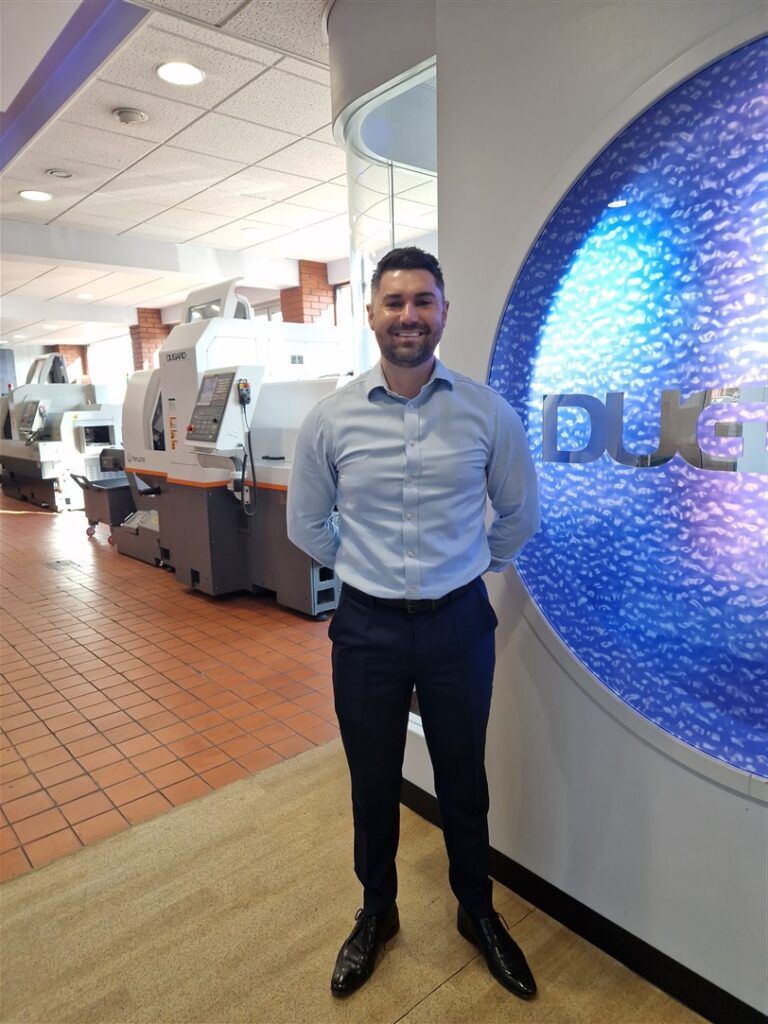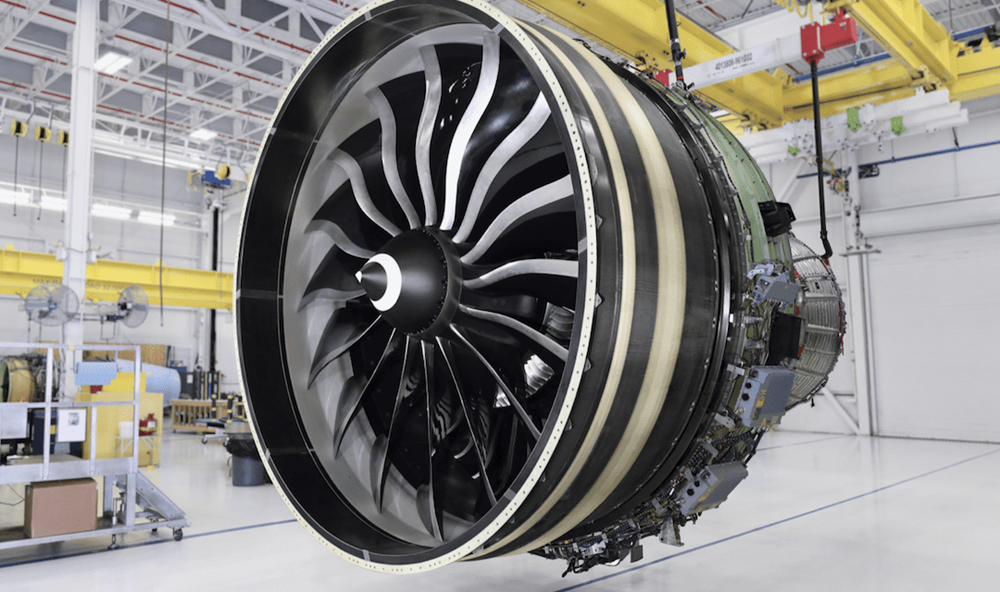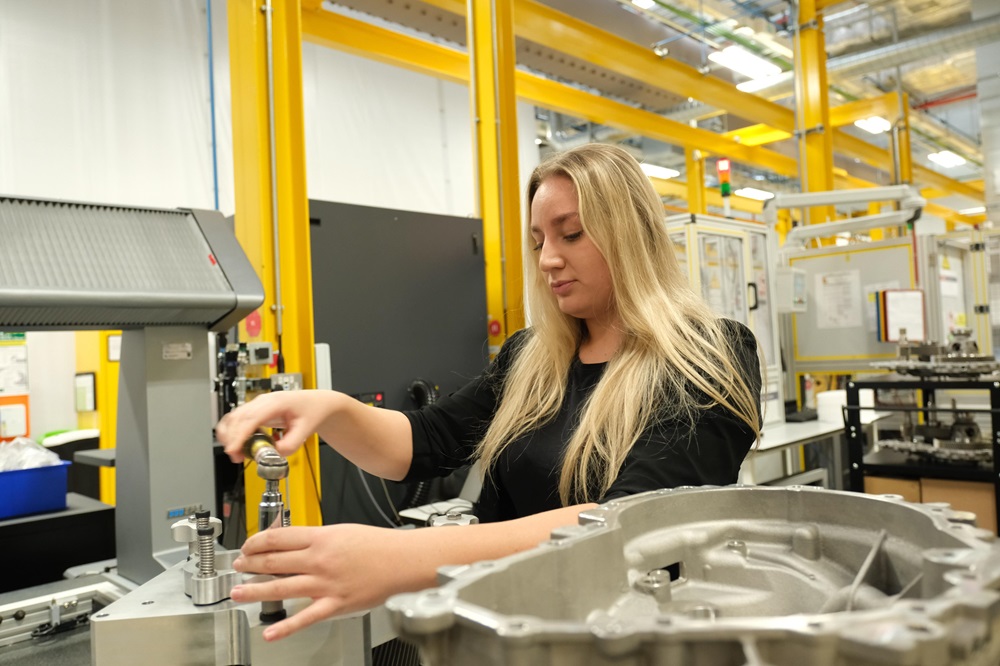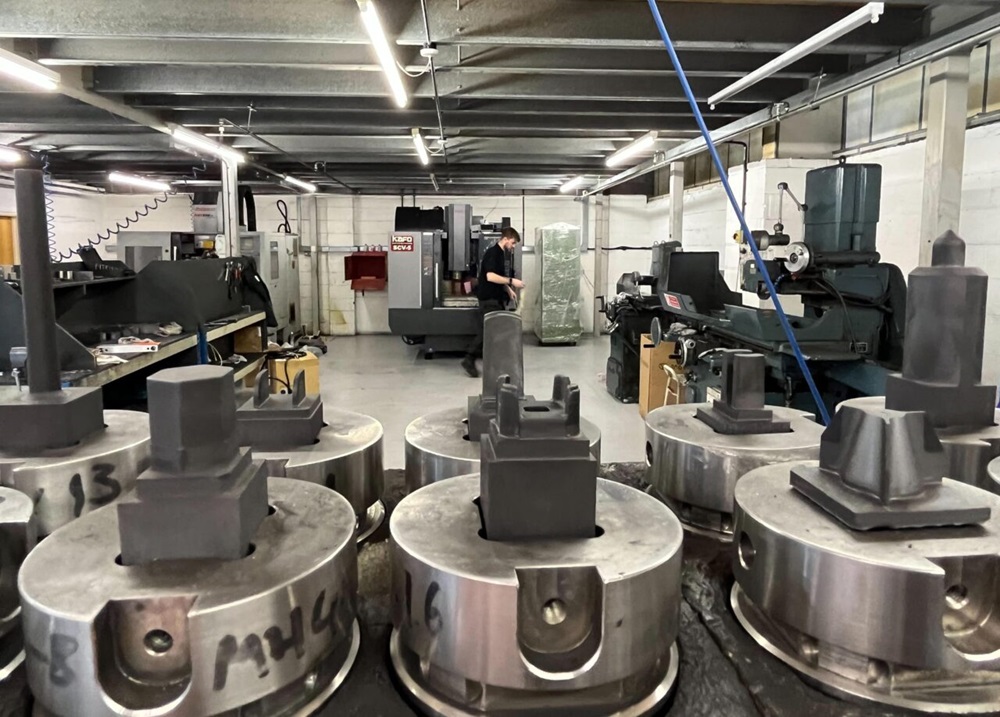Machine tool supplier Dugard has once again strengthened its team with the appointment of two new area sales managers. Liam Scaramuzza will enhance the company’s sales activities in the north of England, while Renny Thomas has joined to target sales in the southeast. Sales director Colin Thomson says: “Both Liam and Renny have a proven track record in the industry with a technical understanding and the ability to solve problems for customers that will be a genuine asset to Dugard. They have spent several years working with manufacturers in their respective regions.”
For further information www.dugard.com



















